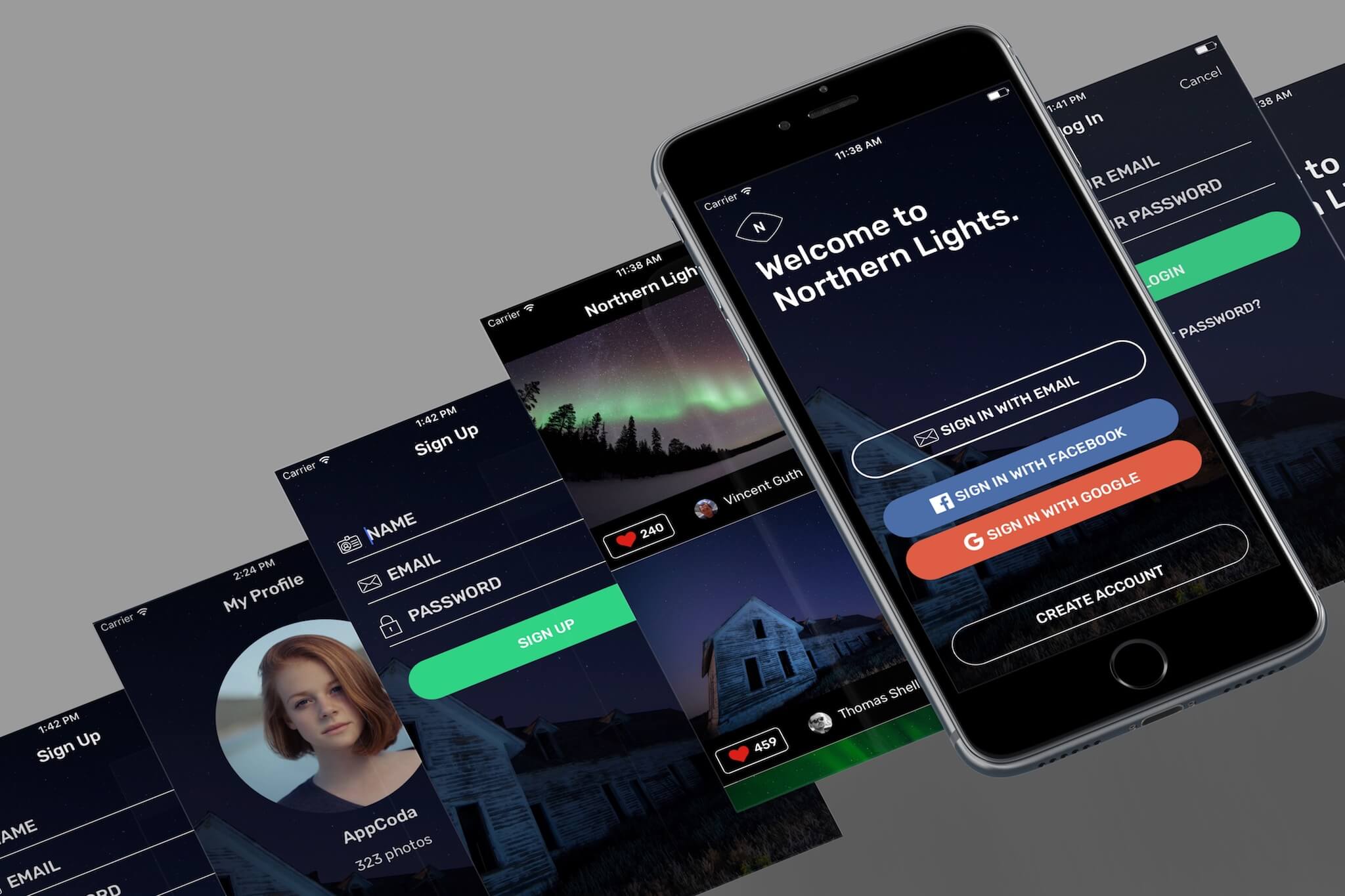Chapter 37
Using Firebase for User Authentication

Since Facebook announced the demise of Parse Cloud, a lot of app developers were looking for Parse alternatives. Among all available options, Firebase is one of the most popular choices for app developers to replace their apps' backend.
Note: If you want to stick with Parse, you can refer to chapter 30 in which we show you how to keep using Parse through a third party provider.One reason of its popularity is that Firebase is hosted and run by Google, which means the servers are powerful and reliable, so you do not have to worry about the stability of your app's backend. On top of that, Firebase supports nearly all kinds of platforms including iOS, Android, and web. It is very likely you are going to build apps for iOS as you're reading this book. However, in case you want to expand your apps to other platforms, Firebase is ready to support your projects.
Firebase is also used by some very big tech companies like PicCollage, Shazam, Wattpad, Skyscanner and other big start-ups so you can see how popular Firebase is.
As its name suggests, Firebase starts out as a cloud backend for mobile. In mid-2016, Google took Firebase further to become a unified app platform. Not only can you use it as a real-time database or for user authentication, it now can act as your analytic, messaging and notifications solutions for mobile apps.
In this chapter, I will focus on how to use Firebase for user authentication. Later, we will explore other features of Firebase.
To continue reading and access the full version of the book, please get the full copy here. You will also be able to access the full source code of the project.